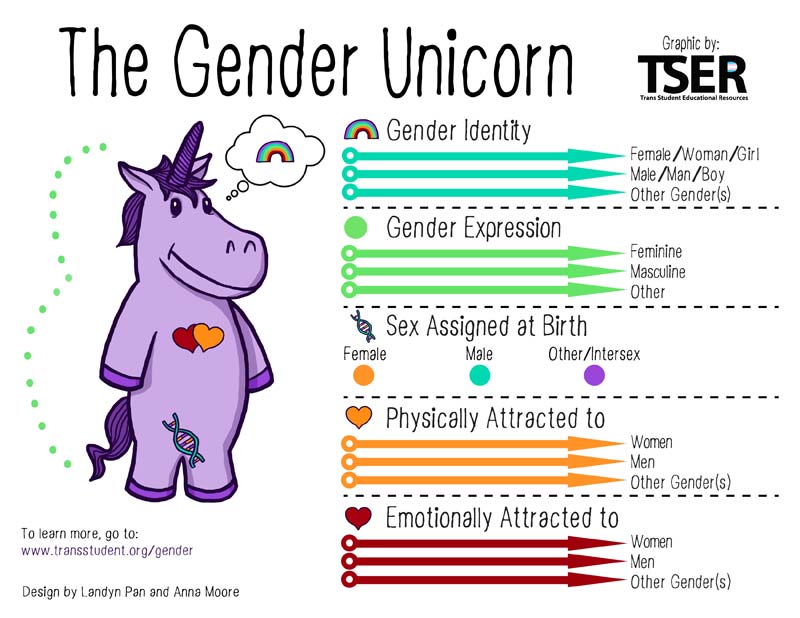Part of creating a safer space for all gender identities is to make sure we know which pronouns our patients would like us to use, and to make sure that our patients know what pronouns our staff members use. To that end, we’ve included pronouns on our staff bios.
Definitions
(from the DC Mayor’s Office of LGBTQ Affairs)
Gender Identity
An individual’s internal sense of being male, female, or something else. Since gender identity is internal, one’s gender identity is not necessarily visible to others. Common examples include: male, female, genderqueer, transgender, and more.
Gender expression
The manner in which we express our gender identity to others—one’s behavior, hairstyle, voice, clothing, etc.
Sexual Orientation
One’s romantic and/or sexual attraction (or lack thereof) to other people
Pronouns
Some examples of pronouns
She/her/hers/herself
She is speaking. I listened to her. The backpack is hers.
He/him/his/himself
He is speaking. I listened to him. The backpack is his.
They/them/their/themself
They are speaking. I listened to them. The backpack is theirs.
Ze/hir zir/hirs or zirs/hirself or zirrself
Ze is speaking. I listened to hir. The backpack is zirs.
The Gender Unicorn
(from TSER – Trans Student Educational Resources)

Definitions
Gender Identity
One’s internal sense of being male, female, neither of these, both, or another gender(s). Everyone has a gender identity, including you. For transgender people, their sex assigned at birth and their own internal sense of gender identity are not the same. Female, woman, and girl and male, man, and boy are also NOT necessarily linked to each other but are just six common gender identities.
Gender Expression/Presentation
The physical manifestation of one’s gender identity through clothing, hairstyle, voice, body shape, etc. Most transgender people seek to make their gender expression (how they look) match their gender identity (who they are), rather than their sex assigned at birth.
Sex Assigned at Birth
The assignment and classification of people as male, female, intersex, or another sex based on a combination of anatomy, hormones, chromosomes. It is important we don’t simply use “sex” because of the vagueness of the definition of sex and its place in transphobia. Chromosomes are frequently used to determine sex from prenatal karyotyping (although not as often as genitalia). Chromosomes do not determine genitalia.
Sexually Attracted To
Sexual Orientation. It is important to note that sexual and romantic/emotional attraction can be from a variety of factors including but not limited to gender identity, gender expression/presentation, and sex assigned at birth.
Romantically/Emotionally Attracted To
Romantic/emotional orientation. It is important to note that sexual and romantic/emotional attraction can be from a variety of factors including but not limited to gender identity, gender expression/presentation, and sex assigned at birth.







